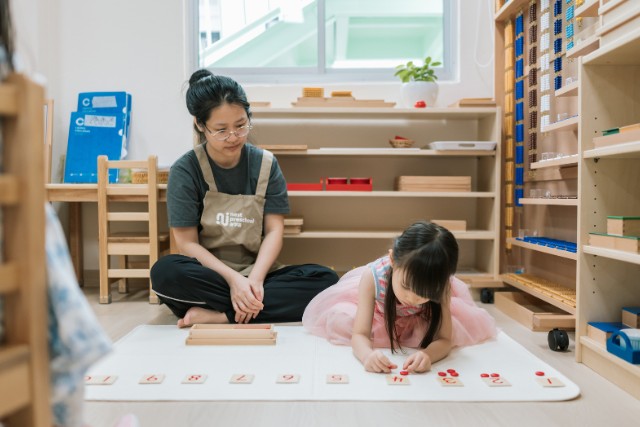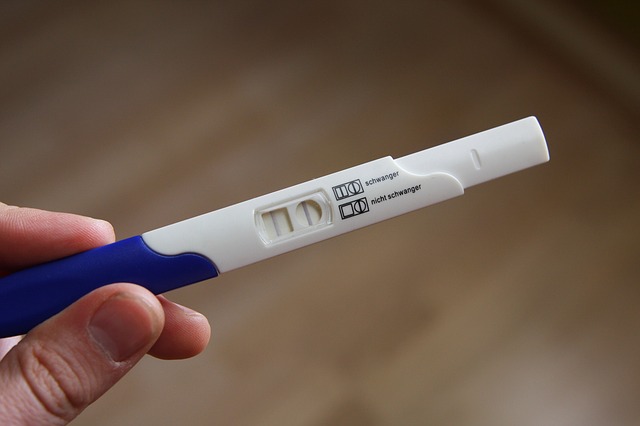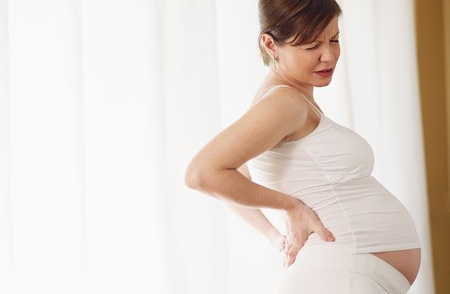Constipation is generally defined as a delay or difficulty in defecation, present for 2 weeks or more, and sufficient to cause significant distress. It may lead to even more severe constipation because when waste is kept in our body for a long period of time, it becomes harder and drier, making it more difficult to pass through our colon.
Constipation, hemorrhoids, and piles can also be common among pregnant mums.

Sitting vs Squatting
When it comes to clearing our bowls, should we squat or sit? Which is better?
According to Dr Joseph Mercola, an alternative medicine proponent, osteopathic physician, squatting was the way our ancestors performed their bodily functions until the arrival of the toilet. He states in his website, infants instinctively squat to defecate, as does the majority of the world’s population. But through the years, people became convinced that sitting is more civilized.
Sitting on the modern sit-down toilet is designed to place your knees at a 90-degree angle to your abdomen. But, the natural squat position places the knees much closer to your torso, and this position actually changes the spatial relationships of your intestinal organs and musculature, optimizing the forces involved in defecation.
Sitting to evacuate your bowel requires you to apply additional force (straining), which has some unwanted biological effects, including a temporary disruption in cardiac flow, adds Dr Mercola.
⇒ Related Read: All You Need To Know About Constipation In Kids
How Squatting Helps To Prevent Constipation
- Gravity does the trick. The weight of the torso presses against the thighs and naturally compresses the colon. Gentle pressure from the diaphragm supplements the force of gravity.
- The ileocecal valve, between the colon and the small intestine, is properly sealed, allowing the colon to be fully pressurized.
- The pressure creates a natural laxative effect. In the sitting position, the IC valve is unsupported and tends to leak, making it difficult to generate the required pressure.
- Squatting relaxes the puborectalis muscle, which normally chokes the rectum to maintain continence.
- Squatting lifts the sigmoid colon to unlock the “kink” at the entrance to the rectum. This kink also helps prevent incontinence, by taking some of the pressure off the puborectalis muscle.
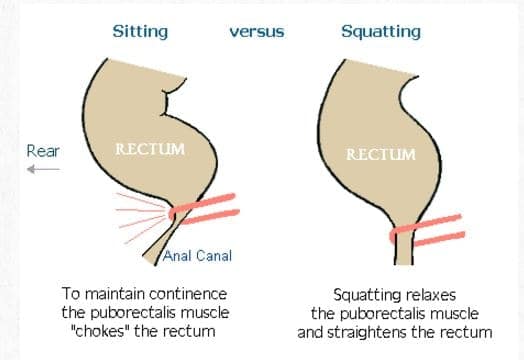
The Solution
Although constipation is common, it is usually temporary and easy to resolve.
Squalet Toilet Stool is a natural, doctor-recommended and perfect solution for pregnant mums, young children and anyone with constipation. It lifts your legs to the height for the smoothest toilet experience.
Designed to aid the body to naturally and comfortably imitate the squatting position; it encourages smoother and faster bowel movements. In this position, your colon is wide open and requires the least strain to clear your bowels in the smoothest possible way.
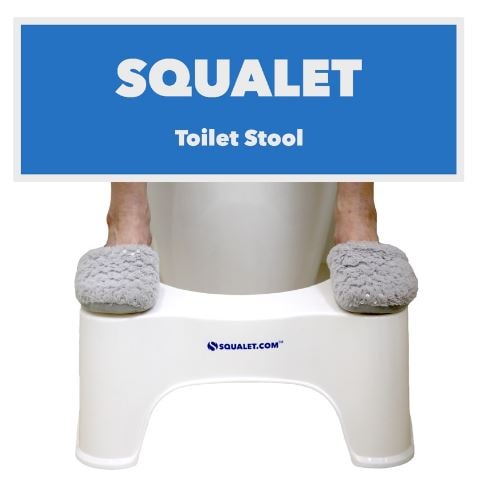
Other benefits include:
- Less time spent in the toilet
- No straining or over exertion when you do your ‘business’
- Easy to store discreetly out of the way under the toilet bowl
- Light yet sturdy
- Safely doubles up as child step stool during your child potty training years
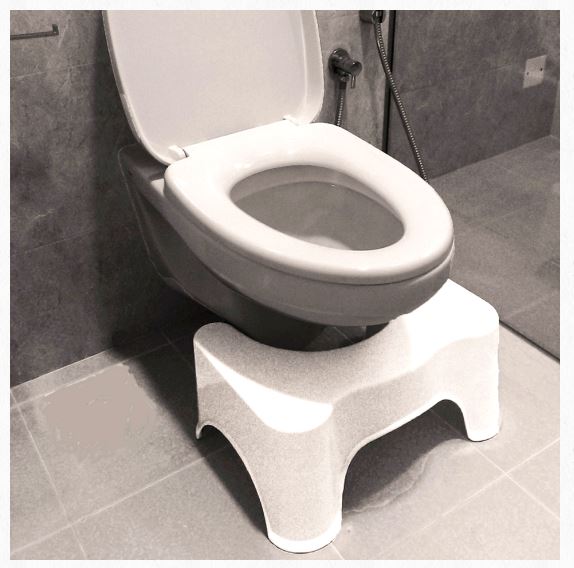
Enjoy comfortable and smoother bowel movements without having to squat!
* * * * *
Like what you see here? Get parenting tips and stories straight to your inbox! Join our mailing list here.
Want to be heard 👂 and seen 👀 by over 100,000 parents in Singapore? We can help! Leave your contact here and we’ll be in touch.











